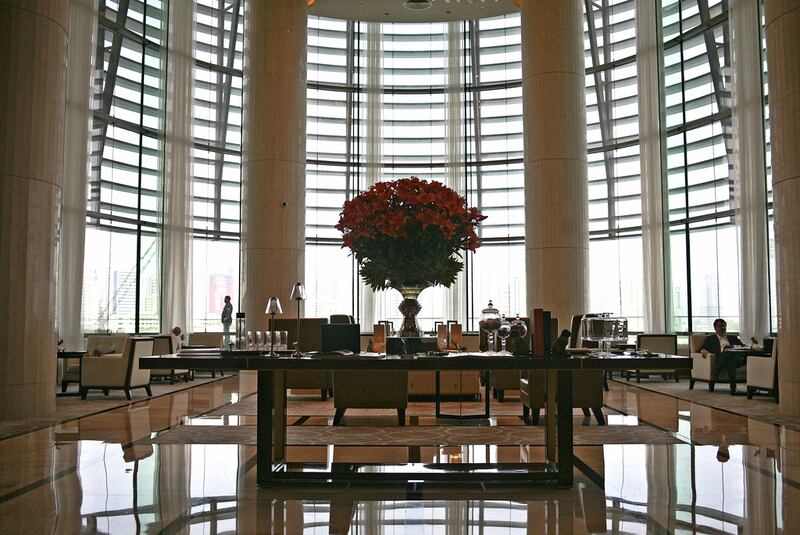The UAE has been named as one of the top 10 markets for green building space by the US Green Building Council (USGBC).
The USGBC, a not-for profit organisation, oversees the Leed (Leadership in Energy and Environmental Design) green building rating system.
It says that the UAE has the eighth-largest stock of Leed-certified buildings outside the US at 3.1 million square metres.
Canada has the biggest stock of Leed-certified buildings outside the US at 26.6 million square metres, followed by China (22 million sq metres).
Moreover, in terms of the number of Leed-certified and registered projects, the UAE is fifth internationally with 990 projects, behind Canada (4,814 projects), China (2,022), India (1,883) and Brazil (991). The US is by far the largest Leed market, with 53,908 certified or registered projects.
“The UAE has become an increasingly important centre for the global green building movement, a development that will help provide greater environmental health and increased economic opportunity for its citizens and will hopefully help to inspire a robust green building market throughout the Middle East,” said Rick Federizzi, the chief executive of USGBC.
USGBC said it had more than 80 member organisations in the UAE, and that the country has the fourth-largest number of Leed-accredited construction professionals in the world – behind the US, Canada and China.
Existing Leed-certified buildings in the UAE include the Rosewood Abu Dhabi hotel and the International Tower office building in the capital, and the Dubai Chamber and the Standard Chartered buildings in Dubai.
Jane Boyle, the head of sustainability and energy at WSP Parsons Brinckerhoff, said Leed was one of several building sustainability standards currently in use across the Middle East. Dubai Municipality introduced its own mandatory Green Building Regulations in 2014 and Abu Dhabi has its Estidama standards, which are a mix of compulsory regulations with a rating system on top.
All buildings have to meet a minimum 1-Pearl standard, but higher ratings can be achieved by creating more efficient buildings, she said.
The UK’s Building Research Establishment has also introduced a version of its own Environmental Assessment Method specifically targeted at the Middle East, Breeam Gulf.
Ms Boyle said that the USGBC had “done a really good hard sell in this part of the world”, especially in the wake of a downturn in the US construction industry that followed the financial crash of 2008.
mfahy@thenational.ae
Follow The National's Business section on Twitter







